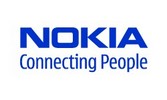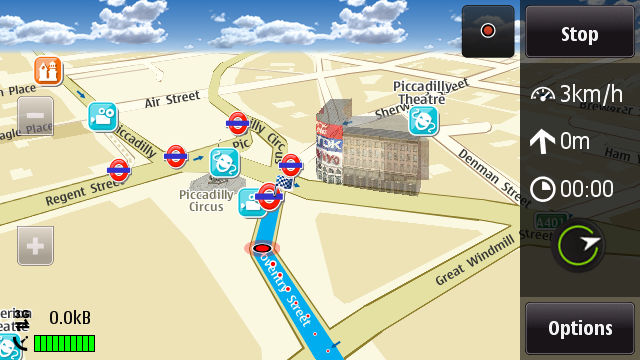 Nokia recently shook the world by starting to provide its Ovi Maps app including turn-by-turn navigation for free. And only just under 2 weeks later, it announced that users have downloaded the app more than 1.4m times. Good stuff.
Nokia recently shook the world by starting to provide its Ovi Maps app including turn-by-turn navigation for free. And only just under 2 weeks later, it announced that users have downloaded the app more than 1.4m times. Good stuff.
The numbers led some people (Nokia’s Vanjoki as well as various industry pundits) to claim the dawn of Ovi downloads had arrived. I beg to differ, and here’s why:
1. A mapping application with turn-by-turn navigation cost, until very recently, anywhere between $30-80 a pop. And all of a sudden it is free. It is a little akin selling a Porsche Cayman for the price of a VW Polo: people will jump through any number of hoops for that. This is not proof that the download boom has finally also arrived with proud owners of Nokia phones; it merely shows that this is too good an offer to decline.
2. 1.4m downloads across the Symbian install base of c. 300m is not actually that impressive a number. To put it into context: a simple ad-funded game, Waterslide Extreme by German high-end development house Fishlabs, which is also a free download, clocked on the iPhone more than 10m downloads. As far as I am aware, the developer still sees around 40,000 downloads per day. And this is a long time after its release and for an app that fills significantly less of a need than satellite navigation. But even if one leaves aside this last bit (which is taking a very favourable view – no ceteris paribus here), Ovi Maps would need to hit roughly 100m downloads before it could say it was, pound for pound, as successful as Waterslide Extreme (NB: this is not exactly true because Nokia only supports some 20m devices to date).
3. It is not actually proof that the Ovi Store works as users can also download the app via the Nokia Website or via the “SW Update” application on the phone. At a time when the store still needs 90 seconds (measured on an N97 running on a Vodafone UK 3G network) and more to even load the opening screen, I struggle to believe that the store will see an uptake across the band.
4. It is likely being a bit of a one-off: Nokia also announced that, from March, every Nokia will come pre-loaded with the app.
Now, to clarify things: it is great news for boosting awareness of mobile phones as location-aware devices, and the pre-install on future phones will help that. It is likely that this will contribute to the fall of the dedicated satnav sector in much the same way Nokia’s landmark deal with Carl Zeiss lenses (and the resulting higher image quality of photos taken with your phone’s camera) was a doomsday scenario for the lower end of the digital camera market.
 Also: Ovi Maps looks like a VERY good app: it covers more than 180 countries (car & pedestrian navigation: 74; traffic: 10), it is available in a whopping 46 (!) languages. It includes 3D landmarks for 200 cities around the world and incorporates Lonely Planet and Guide Michelin city guides. It is good, no doubt!
Also: Ovi Maps looks like a VERY good app: it covers more than 180 countries (car & pedestrian navigation: 74; traffic: 10), it is available in a whopping 46 (!) languages. It includes 3D landmarks for 200 cities around the world and incorporates Lonely Planet and Guide Michelin city guides. It is good, no doubt!
Finally, Nokia started early with the mantra of location-awareness. It was just that it had not executed particularly well to date. I know there is probably much more in the works than is visible to the untrained eye (or any other eye not from within the company) but the company does need to ramp up here since its hard-earned (and well-deserved) fame is/was beginning to fade quickly.
It would be fantastic if the world market leader would see uptake of applications rise sharply. I would very much like to ask them though not to fool themselves into believing that the store is not so bad after all only because of one successful application on it. There is a lot of work to do. The Ovi Maps case simply shows that one does not have to be a crazy Apple fan boy to be craving cool and useful apps. So, dear Nokia, continue to study the app store and try solve the shortfalls of the Ovi Store. It’ll be good for everyone!







